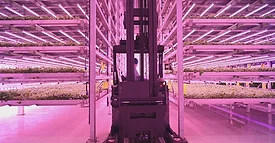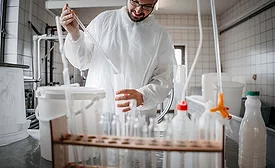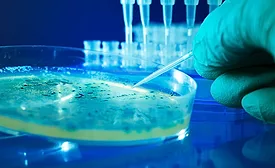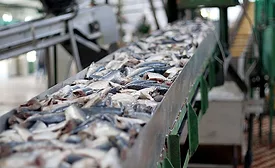Home » Publications » Food Safety Magazine
Our Publications
Please select a publication below.
Food Safety Magazine

December 2022/January 2023
Cover Story
Back to TopAs agri-food systems transform in response to the changing global context, food safety management must keep pace to safeguard consumer health and ensure international trade
Read More
Features
Back to TopHow to Adapt Food Safety Culture Efforts to Functional Ways of Working
Food safety guiding principles are the same for all companies, but how they are used is partially determined by inherent biases and culture
December 9, 2022
Ensuring the Safety and Quality of RTE Meals for U.S. Service Members
Many RTE food technologies were created and first commercialized by the U.S. Armed Forces
December 11, 2022
A Critical Look at Reducing the Risk of Salmonella from Poultry, Part 3: Processing Controls
Each step in poultry processing represents a different risk level for Salmonella prevalence and/or cross-contamination.
December 6, 2022
Columns
Back to TopSimulation of Sampling Strategies for Food Safety: A New Tool for Improved Sampling Performance
One solution to sampling problems is to maximize the power of sampling plans to detect target hazards at explicitly defined risk levels
December 11, 2022
Implementation of FSMS and Correlation with Microbiological Criteria, Systems Thinking, and Food Safety Culture
Complex problems can be solved by using systems thinking, along with food safety knowledge and skills
December 11, 2022
In Pursuit of Clean Packaging with No Chemicals of Concern
The food industry is just beginning to address PFAS derivatives as EPA has done, but it is making slow progress
December 11, 2022
Determining Sanitation Effectiveness with a Robust Environmental Monitoring Program
A PEM program should test for a mix of indicator organisms and a mix of pathogens based on product susceptibility and risk
December 11, 2022
The Future of Food Safety Microbiology Markets
The markets surrounding microbiology testing have been changing rapidly in recent years—a change that will continue over the long term
December 9, 2022
How Food Manufacturers Have Responded to the COVID-19 Pandemic—Part 1
Seafood manufacturers have demonstrated adaptability to protect workers and avoid closing, despite supply shortages and changing public health guidance
December 9, 2022
Never miss the latest news and trends driving the food safety industry
eNewsletter | Website | eMagazine
JOIN TODAY!Copyright ©2025. All Rights Reserved BNP Media.
Design, CMS, Hosting & Web Development :: ePublishing












